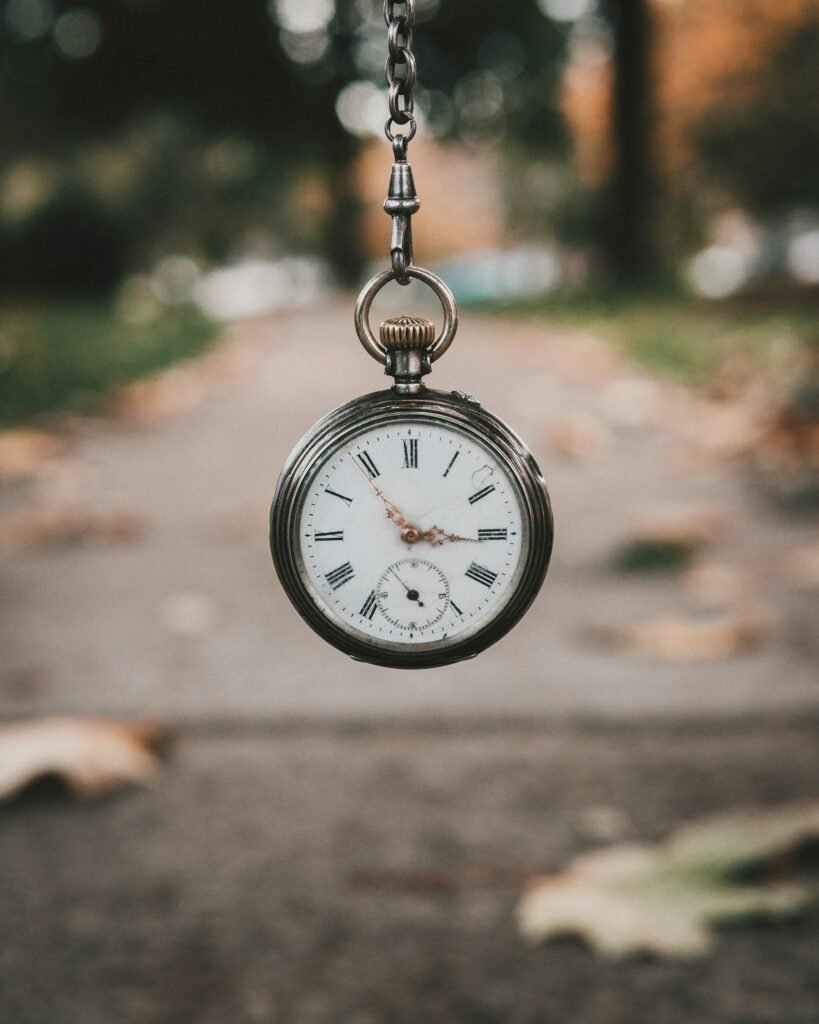Are you eager to step into the world of homeownership but struggling to save up for a down payment? Look no further! In this article, we will share a range of friendly and practical tips that can help you to save for your first home. From creating a budget and cutting unnecessary expenses to exploring different saving strategies and seeking assistance, we have got you covered. So, get ready to embark on a journey towards your dream home and make your dreams of homeownership a reality!

Understanding Down Payments
What is a down payment?
A down payment is a sum of money that you pay upfront when purchasing a home. It is typically a percentage of the total cost of the property and is separate from the mortgage loan. This payment serves as a guarantee to the lender that you are financially invested in the purchase of the property.
Why is it important?
A down payment is an essential part of buying a home for several reasons. Firstly, it reduces the amount of money you need to borrow, which means lower monthly mortgage payments. Secondly, it demonstrates to the lender that you are financially responsible and capable of managing the costs associated with homeownership. Lastly, a substantial down payment may also help you secure a lower interest rate on your mortgage, saving you money in the long run.
How much do you typically need?
The amount of money you need for a down payment varies depending on several factors, including the purchase price of the property and the requirements of the lender. However, it is generally recommended to aim for a down payment of at least 20% of the purchase price. This allows you to avoid private mortgage insurance (PMI), which is an additional cost that protects the lender in case you default on your loan. If 20% seems unattainable, don’t worry. There are options available for smaller down payments, but it’s important to thoroughly understand the terms and costs involved.
Work Out a Budget
Understanding your income and expenses
Before you can save for a down payment, it’s crucial to have a clear understanding of your income and expenses. Take the time to review your monthly income, including your salary, bonuses, and any other sources of income. Next, identify your fixed expenses, such as rent, utilities, and debt payments. Subtracting your fixed expenses from your income will give you an idea of how much you can allocate towards saving for a down payment.
Identifying areas of wasteful spending
To save for a down payment, it might be necessary to reassess your spending habits. Take a close look at your discretionary expenses, such as dining out, entertainment, and shopping. Identify areas where you can cut back without compromising your quality of life. Making small adjustments to your spending habits can add up quickly and help you reach your savings goals faster.
Creating a workable and realistic budget
Once you have a clear understanding of your income and expenses, it’s time to create a budget. Start by allocating a certain portion of your income towards your down payment savings. Make sure to include other important financial goals, such as emergency savings or retirement contributions, in your budget as well. With a well-thought-out budget in place, you’ll have a roadmap to guide you towards achieving your savings goals.

Establishing Saving Goals
Setting a realistic timeline
When saving for a down payment, it’s important to set a realistic timeline. Consider factors such as the current real estate market, your income level, and your monthly saving capacity. Setting a timeline that aligns with your personal circumstances will help you stay motivated and focused on reaching your goal.
Calculating how much to save each month
To determine how much you need to save each month, divide your target down payment amount by the number of months in your savings timeline. This will give you a clear goal to work towards and allow you to track your progress along the way. If the monthly savings amount seems challenging to achieve, consider adjusting your timeline or exploring other ways to increase your income.
Tracking your progress
Throughout your savings journey, it’s crucial to track your progress regularly. This will help you assess whether you are on track to reach your savings goal. Consider using a spreadsheet or a savings tracking app to monitor your progress and make adjustments if necessary. Celebrate milestones along the way to stay motivated and maintain your commitment to your savings goals.
Open a Savings Account
Different types of savings accounts available
When saving for a down payment, it’s important to choose the right savings account. There are several types of savings accounts available, including traditional savings accounts, high-yield savings accounts, and certificates of deposit (CDs). Each type has its own advantages and disadvantages, so it’s important to compare the interest rates, fees, and withdrawal restrictions before making a decision.
How to choose the best savings account
When selecting a savings account for your down payment savings, consider factors such as the interest rate, accessibility, and minimum balance requirements. Look for accounts that offer competitive interest rates to help your money grow faster. It’s also important to ensure that the account allows easy access to your funds when needed, especially if you anticipate needing to withdraw money for unexpected expenses.
The benefits of a dedicated down payment account
Opening a dedicated savings account specifically for your down payment funds can have several advantages. Firstly, it helps you separate your down payment savings from your other funds, reducing the temptation to use the money for other purposes. Secondly, some lenders may view a dedicated down payment account favorably, as it shows that you are committed to saving for your home. Lastly, some dedicated savings accounts may offer special benefits or incentives for homebuyers, such as reduced mortgage rates or closing cost credits.

Reducing Expenses
Cutting unnecessary costs
An effective way to save more money for your down payment is by cutting unnecessary costs from your budget. Review your expenses and identify places where you can make adjustments. For example, consider canceling unused subscriptions, negotiating lower rates for services like cable or internet, or finding cheaper alternatives for everyday items. Eliminating unnecessary expenses will free up more money that can be directed towards your down payment savings.
Ways to save on everyday expenses
There are numerous ways to save on everyday expenses without sacrificing your quality of life. Look for opportunities to save on groceries by meal planning, buying in bulk, or using coupons. Consider carpooling or using public transportation to reduce commuting costs. Additionally, explore free or low-cost entertainment options, such as community events, parks, and libraries. Small changes in your everyday spending habits can lead to significant savings over time.
Reducing major living expenses
If saving for a down payment is a priority, it may be worth considering ways to reduce major living expenses. This could involve downsizing to a smaller or more affordable home, finding a roommate to share living costs, or relocating to a more affordable area. While these decisions may require some adjustments, they can significantly accelerate your down payment savings and bring you closer to achieving your goal of homeownership.
Increasing Your Income
Securing a higher paying job
Increasing your income is another effective strategy for saving a down payment. Consider ways to advance in your current career or explore opportunities for higher-paying jobs. This might involve acquiring additional skills or certifications, networking with professionals in your field, or seeking promotions within your current company. A higher income can not only boost your savings capacity but also provide you with financial security during the homebuying process.
Starting a side hustle
If increasing your primary income is not feasible, starting a side hustle can be a great way to generate extra money for your down payment savings. Think about your hobbies, skills, or talents that can be monetized. It could be freelancing, pet sitting, tutoring, or selling handmade crafts online. Starting a side hustle allows you to take control of your financial future and accelerate your savings progress.
Selling unwanted items
As you embark on your journey to save for a down payment, take the opportunity to declutter your home and sell unwanted items. Go through your belongings and identify items that you no longer use or need. Utilize online platforms, such as eBay or Facebook Marketplace, to sell these items and turn them into cash for your down payment savings. Not only will you free up space in your home, but you’ll also be making progress towards your homeownership dreams.
Automating Your Savings
Setting up direct deposit
One of the easiest ways to automate your savings is by setting up direct deposit. Arrange with your employer to have a portion of your paycheck automatically deposited into your dedicated down payment savings account. By automating your savings in this way, you remove the temptation to spend the money and ensure that a consistent amount is being set aside each month.
Using savings apps
There are various savings apps available that can help you automate your savings and track your progress towards your down payment goal. These apps allow you to set savings goals, round up your purchases to the nearest dollar and save the difference, or even invest your spare change. By leveraging technology, you can simplify the saving process and stay motivated as you watch your savings grow.
The benefits of automatic transfers
Setting up automatic transfers from your checking account to your down payment savings account is another effective way to automate your savings. Decide on a specific amount that you want to transfer each month and schedule the transfers to align with your paydays. This method ensures that your down payment savings remain consistent and helps you stay on track towards achieving your homeownership dreams.
Using Government Schemes
Exploring first-time homebuyer assistance programs
Many governments offer assistance programs specifically designed to help first-time homebuyers save for a down payment. These programs often provide financial incentives, such as grants, loans, or tax credits, to help bridge the gap between your savings and the required down payment amount. Research the options available in your area and determine if you qualify for any of these programs.
Understanding Shared Ownership
Shared ownership schemes offer an alternative path to homeownership by allowing you to purchase a share of a property and pay rent on the remaining portion. This can help reduce the upfront costs of buying a home, making it easier to save for a larger down payment in the future. Shared ownership schemes may have specific eligibility criteria, so it’s important to understand the details and requirements before committing to this option.
Utilizing the Help to Buy scheme
The Help to Buy scheme is a government-backed initiative that aims to assist first-time buyers in purchasing a newly built home. Under this scheme, buyers can access equity loans from the government to supplement their down payment. These loans are interest-free for the first five years and can provide a significant boost to your down payment savings. Research the Help to Buy scheme in your area to see if it aligns with your homeownership goals.
Avoiding High-Interest Debt
The impact of high-interest debt on savings
High-interest debt, such as credit card debt or payday loans, can hinder your ability to save for a down payment. The interest charges on these debts can quickly accumulate, making it challenging to allocate funds towards your savings goals. It’s crucial to prioritize paying off high-interest debt as soon as possible to free up more money for your down payment savings.
Tips for paying off high-interest debt quickly
To pay off high-interest debt quickly, consider implementing strategies such as the debt avalanche method or the debt snowball method. The debt avalanche method involves paying off debts with the highest interest rates first, while the debt snowball method focuses on paying off debts with the lowest balances first. Choose a method that aligns with your personal preferences and motivation style, and commit to making consistent payments until your high-interest debts are eliminated.
Strategies for avoiding further debt
Avoiding further debt is essential when saving for a down payment. Create a budget that allows you to live within your means and avoid using credit cards or taking on additional loans unless absolutely necessary. Prioritize building an emergency savings fund to handle unexpected expenses instead of relying on credit. By being mindful of your spending and avoiding unnecessary debts, you’ll be better positioned to achieve your down payment savings goals.
Staying Motivated
Visualizing your goals
Visualize your goals by creating a vision board or finding images that represent your dream home. Place these visual reminders in areas where you’ll see them daily, such as on your refrigerator or as your phone wallpaper. Visualizing your goals can help you stay motivated and remind you of the reasons why you are working hard to save for a down payment.
Rewarding yourself along the way
Celebrate milestones along your savings journey to reward yourself for your hard work and dedication. Set mini-goals within your overall savings goal and treat yourself to a small reward each time you achieve one. This can be something as simple as a night out with friends, a spa day, or a small purchase you’ve been longing for. Recognizing your progress and giving yourself small rewards will help maintain your motivation and make the savings process more enjoyable.
Handling setbacks gracefully
It’s important to acknowledge that setbacks and challenges may arise during your savings journey. Whether it’s unexpected expenses or a temporary decrease in income, it’s crucial to handle these setbacks gracefully. Stay positive and remind yourself of your long-term goal of homeownership. Adjust your savings plan if necessary and use setbacks as learning opportunities to become more resilient and determined to reach your down payment savings goal.
Saving for a down payment can feel like a daunting task, but with careful planning and dedication, it is achievable. By understanding the importance of a down payment, working out a budget, establishing saving goals, opening a dedicated savings account, reducing expenses, increasing your income, automating your savings, utilizing government schemes, avoiding high-interest debt, staying motivated, and handling setbacks gracefully, you’ll be well on your way to realizing your dream of homeownership. Start implementing these strategies today, and you’ll be one step closer to purchasing your first home. Best of luck on your savings journey!
